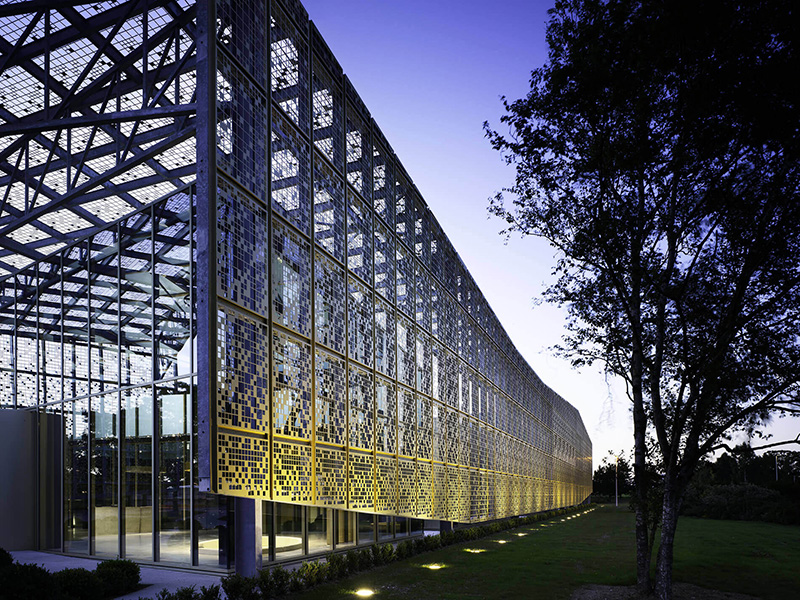BOOK:The Architecture of Jacques Ferrier, Thames & Hudson Publications
 Influenced by the critic Rayner Banham, by the work of French architect/engineer Jean Prouvé, and by his early experience of working with Norman Foster, Jacques Ferrier has developed a highly individual approach to architecture that seeks to harness technology in order to create buildings and urban environments that fully engage with the practical and emotional needs of people.
Influenced by the critic Rayner Banham, by the work of French architect/engineer Jean Prouvé, and by his early experience of working with Norman Foster, Jacques Ferrier has developed a highly individual approach to architecture that seeks to harness technology in order to create buildings and urban environments that fully engage with the practical and emotional needs of people.
By Dimitris Lempesis
With 228 illustrations, “The Architecture of Jacques Ferrier” is a review of this master architect’s work to date in Europe and Asia, from the French pavilion designed for the Shanghai World Expo 2010 and the Tabarly Sailing Museum in Brittany, to showcase headquarters for Hachette Livres and Piper-Heidsieck Champagne and the next-generation skyscraper, Hypergreen. Jacques Ferrier’s French pavilion for the Shanghai World Expo in 2010 was, along with Thomas Heatherwick’s “Seed Cathedral”, the most lauded and visited structure at the fair. It also encapsulated the key characteristics of Ferrier’s work: a deep interest in technology; the encouragement of social interaction through the use of courtyards, walkways and loggias, and the use of an external perforated “Second Skin” that provides a filter for direct sunlight and an informal zone for social gathering while softening the transition from the building’s internal space and the outside world. This complete study of Ferrier’s work to date in Europe and Asia includes cultural buildings, “Showcase” headquarters, public buildings, offices, colleges, research centers and flagship stores. It also explores the idea of the “Sensual City” that is central to Ferrier’s philosophy, that all buildings should thoroughly engage with the cities they inhabit.

